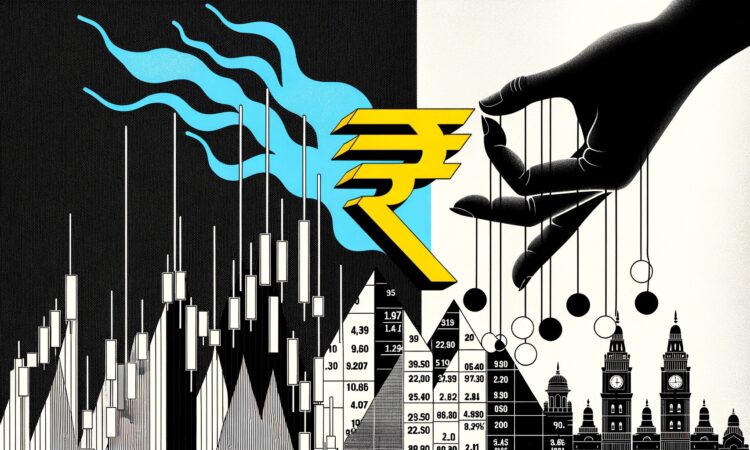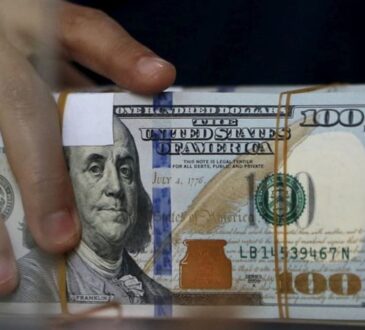
What’s going on here?
The Indian rupee plunged to a record low of 83.8450 on August 5, amidst a broad market selloff and economic slowdown fears in the US.
What does this mean?
The rupee’s decline was driven by foreign outflows from Indian equities and the unwinding of carry trades, as investors grew jittery about a looming economic slowdown in the US. The BSE Sensex and Nifty 50 indices plummeted by around 2.7% – their steepest fall in over two months. Foreign banks’ aggressive dollar bids, likely for custodial clients, further heaped pressure on the Indian currency. Despite the Reserve Bank of India’s (RBI) efforts to stabilize the rupee near 83.85, analysts foresee a potential drop to 84 if current pressures persist. This fall occurred even as the dollar index dropped 0.5% to 102.6 – its lowest since March – and Asian currencies generally rose.
Why should I care?
For markets: Unyielding turbulence ahead.
Stock market declines and currency pressures could foreshadow broader economic instability. Investors in Indian markets should brace for potential continued volatility, particularly with the looming US services PMI data. A weaker-than-expected PMI could deepen recession fears, adding further strain to global and local markets.
The bigger picture: Global ripples from currency waves.
The rupee’s record low highlights the interconnected nature of global economies. The unwinding of carry trades funded by Chinese yuan reflects broader trends and the influence of US economic data on global investor behavior. The RBI’s increased intervention signals heightened scrutiny of currency stability in response to international pressures.



